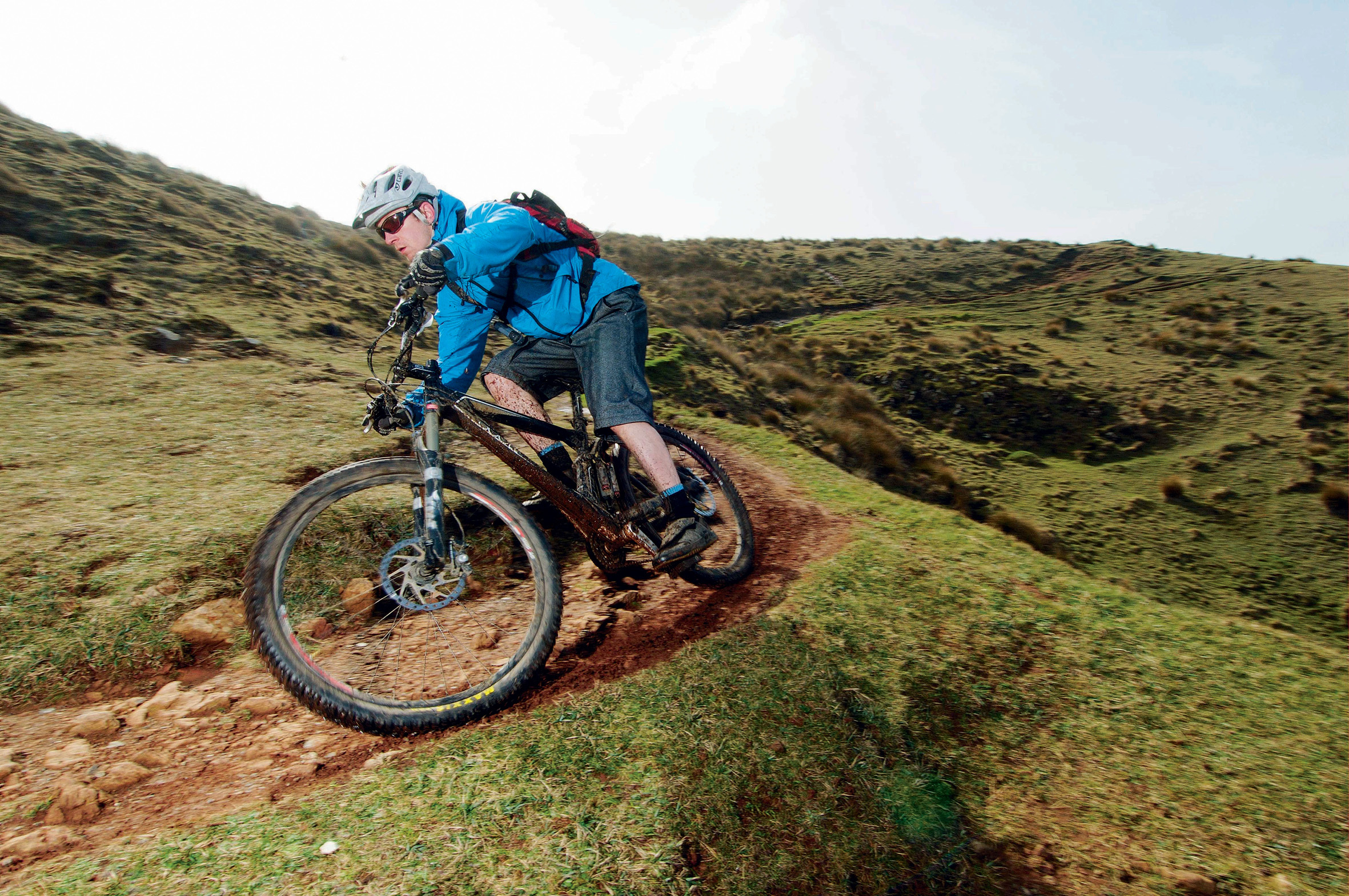Longtermer report: Scott Genius 20 £3,799

A genius, and a Scott, in perfect harmony
Many parents consider their offspring a genius, but most stop short of actually christening them as such. When Scott gave birth to a new trail bike platform back in 2004 it had the confidence to call the new design ‘Genius’. Embarrassingly though, the US launch was none too clever because Specialized refused a licence for the Horst Link, effectively blocking sales of the bike Stateside. Last year Scott came back with a new design — the one that you see here — and, surprise surprise, the Horst Link has made way for a seatstay pivot, ensuring that the Genius gets a second bite at the US market. More importantly for us however, the range has now been streamlined, with the confusing split between the marathon-biased MC and race-optimised RC model now gone, and in its place a far more focused 150mm-travel trail bike with an impressive frame weight of just 2.25kg (with shock).
It’ll probably come as no surprise that there’s a lot of carbon-fibre involved to achieve this weight. The mainframe is a single moulded unit, the production details of which Scott is unwilling to divulge, while carbon has also been employed to construct the chainstays, seatstays and, unusually, the dropouts. Scott is pretty serious about saving weight, so serious that it has gone to the lengths of omitting the usual cosmetic outer layer of carbon and replacing it with a flat finish and lacquer. Then there’s the pivot hardware, which is small in size and made entirely of alloy, and little details like the upper swinglink pivot — this doesn’t penetrate the seat-tube, a measure that not only saves weight but allows full saddle height adjustment. Having gone to all this trouble, I expected my Genius 20 to come in around the 25lb mark. So I was slightly disappointed when it tipped the scales at 26.5lb, a figure that rose a couple of pounds when I added pedals and ditched the fast-rolling but wing-and-a-prayer Nobby Nic tyres for a pair of Maxxis High Rollers.
The Equaliser
Scott’s original Genius came with a propriety shock, and the new bike is no different. It’s a big decision to take on the design, production (DT Swiss actually makes the shock for Scott) and warranty care for such a complex component, but Scott is adamant that the suspension unit should be integral to the whole package.
Convention is once again ignored with the unit’s design. The Equalizer2 is a pull-shock — it extends as you hit a bump — and uses a triple-chamber design coupled to a remote-control lever. There are three suspension modes available:full travel (150mm), Traction mode (95mm) and full lockout (with a safety blow-off). In full-travel mode the oil is free to flow from the main chamber into both of the two positive chambers.
In traction mode one of the chambers is sealed off, reducing travel to 95mm, and when in the fully locked position, both compartments are sealed and the oil has no where to go.
There are elements here that rankle — pressures within the shock are high (around 300psi in the positive) and must be checked before every ride, but get out on the trail and this system really earns the ‘genius’ tag. In full-travel mode the suspension is fluid and effective. Perhaps a little numb on trail buzz, but the high-pressure shock ramps up sharply to the point that it never bottomed harshly. With a low bottom bracket, pedal strikes should be a problem, but the Equalizer2 shock lets you change the attitude of the bike in an instant. Clipping your cranks? Switch to Traction mode and effectively raise the bottom bracket. Faced with a steep, rough climb? Again, Traction mode will have the effect of steepening the head angle, constricting the suspension yet keeping the rear wheel pinned to the ground. Ready to schralp a rough downhill? Tap the release lever and you’ve got full travel again. The whole process is simple in operation yet remarkably effective.
I have no complaints about the geometry either: it’s a good compromise between agility and high speed stability on forest singletrack, but when you consider that this is supposed to be a 150mm-travel bike, it could do with a slightly slacker head angle and a touch longer wheelbase when things get rough and natural.
To maximise the change in attitude that the Equalizer2 offers, I’ve begun running the suspension a bit softer than recommended. Basically, I’ve set the bike up for a 5kg lighter rider and the effect is a slightly longer and more laid-back machine, with greater traction when the gates are open but a taller, tauter bike for climbing and pedalling over uneven ground.
It’s not exactly Jekyll and Hyde, but the Equalizer2 shock gives me fingertip control over a definite split personality.
Danny Milner, deputy editor















